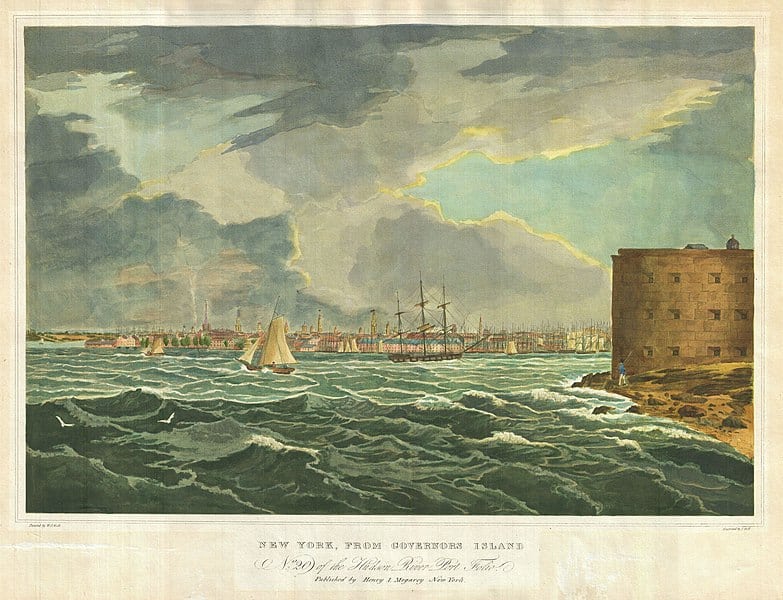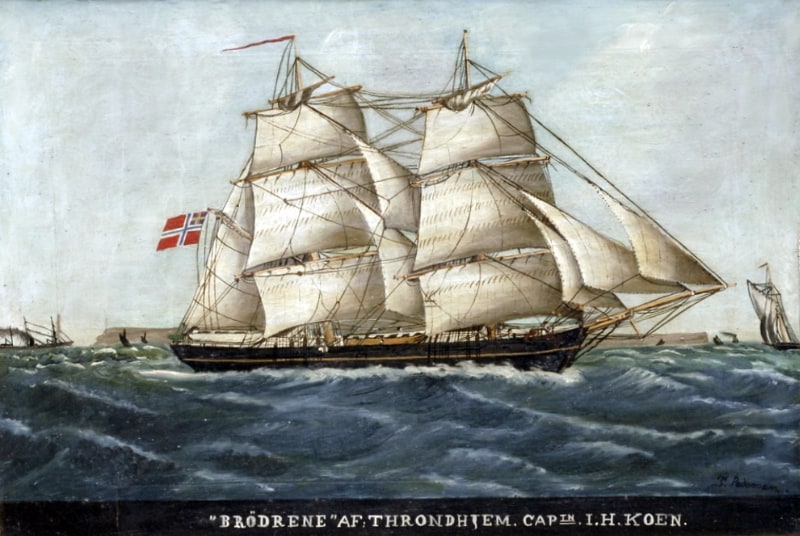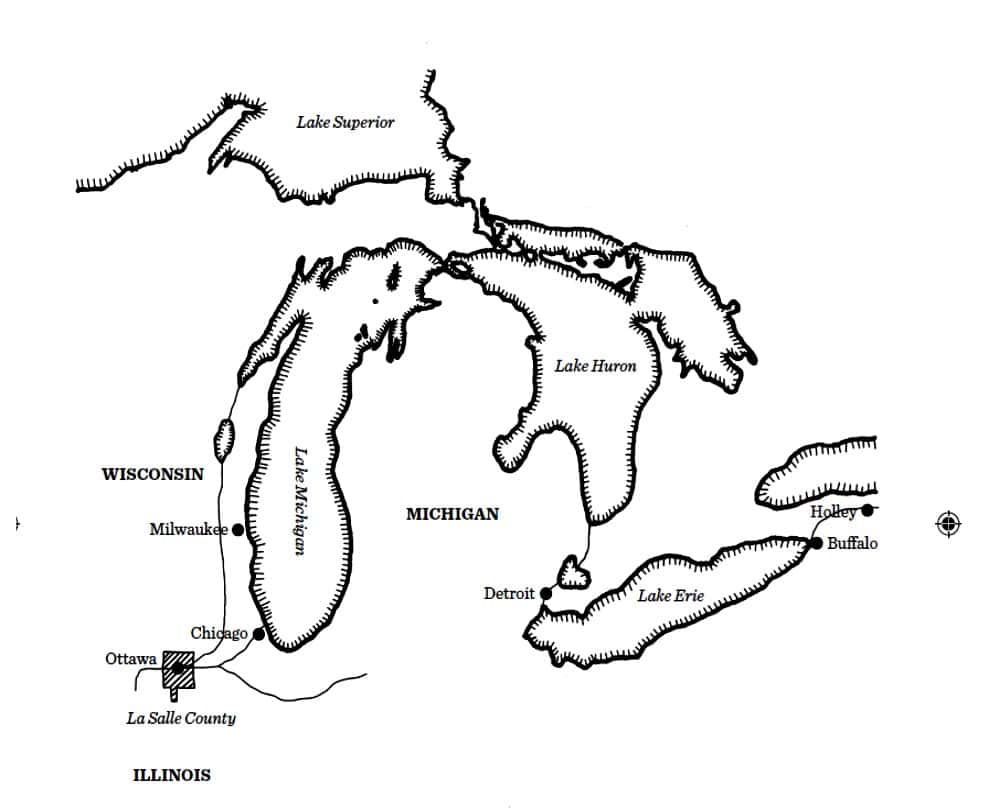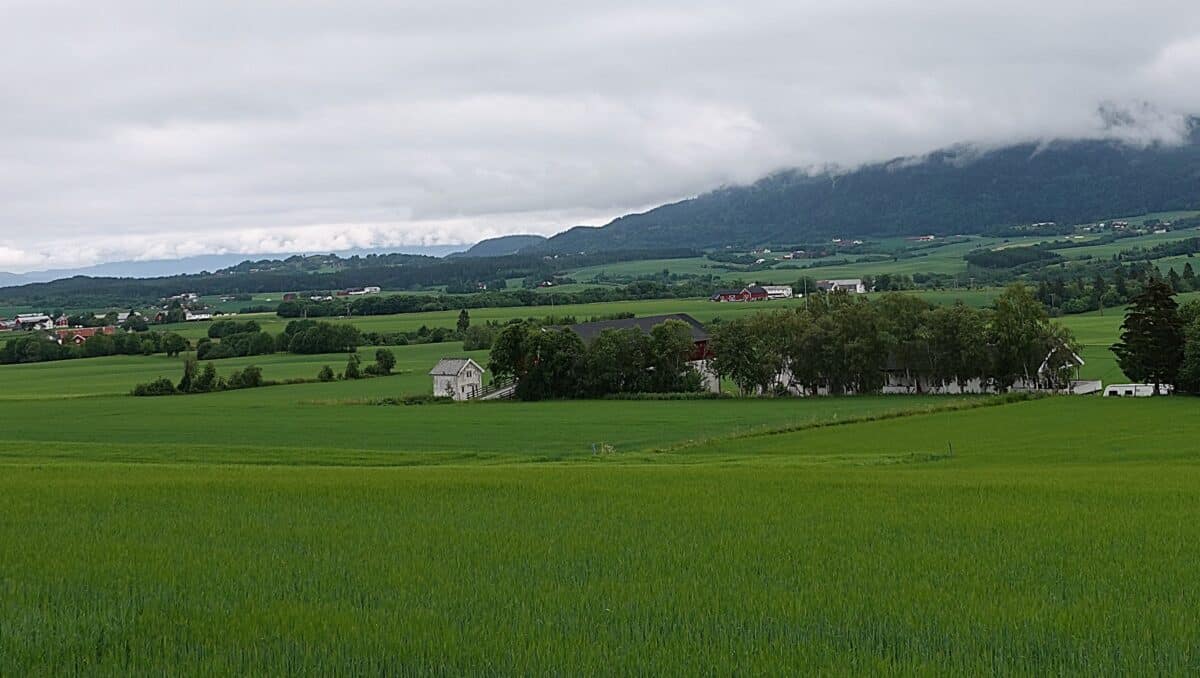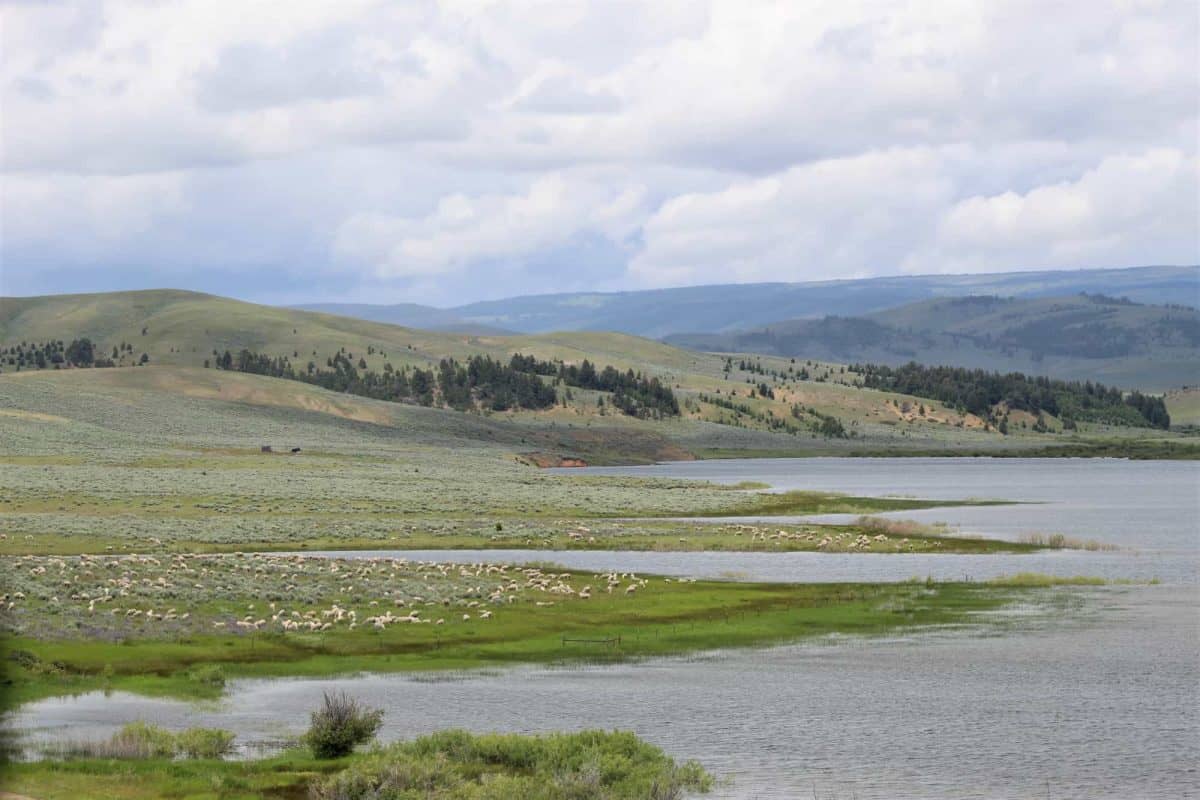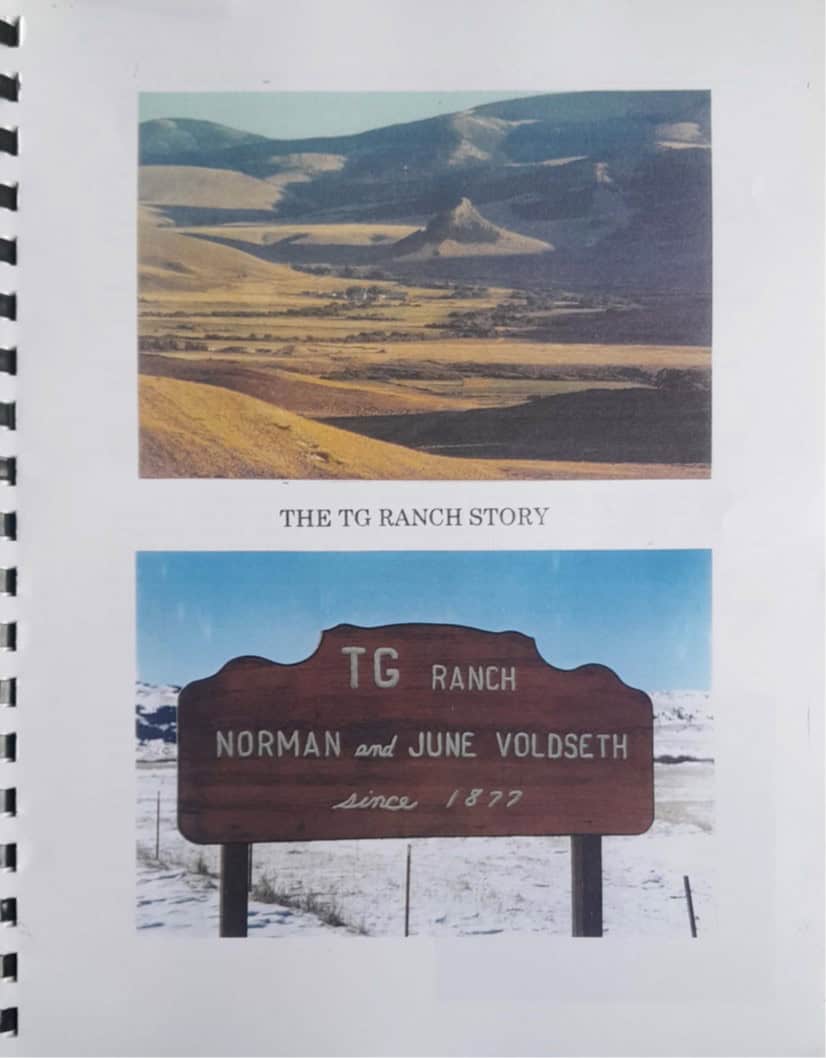First organized emigration from Norway
The first organized emigration from Norway to the USA was triggered by the persecution of a small Quaker sect in Stavanger around 1820. The Quakers in Stavanger, western Norway, felt harassed by the state church, by the authorities, and people in the local community. The Quakers and religious freedom During the Napoleonic Wars, from 1807 […]
First organized emigration from Norway Read more...
